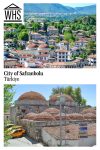City of Safranbolu
By Soumya Gayatri
What is the City of Safranbolu?
The City of Safranbolu is a well-preserved, medieval Turkish town located in the Black Sea region of northwestern Türkiye. It is famous for its unique Ottoman architecture reflected in traditional half-timbered houses, sprawling gardens, cobbled streets, and a historic city center.
Disclosure: This article contains affiliate links. Making a purchase through an affiliate link will mean a small commission for this website. This will not affect your price. Privacy policy.
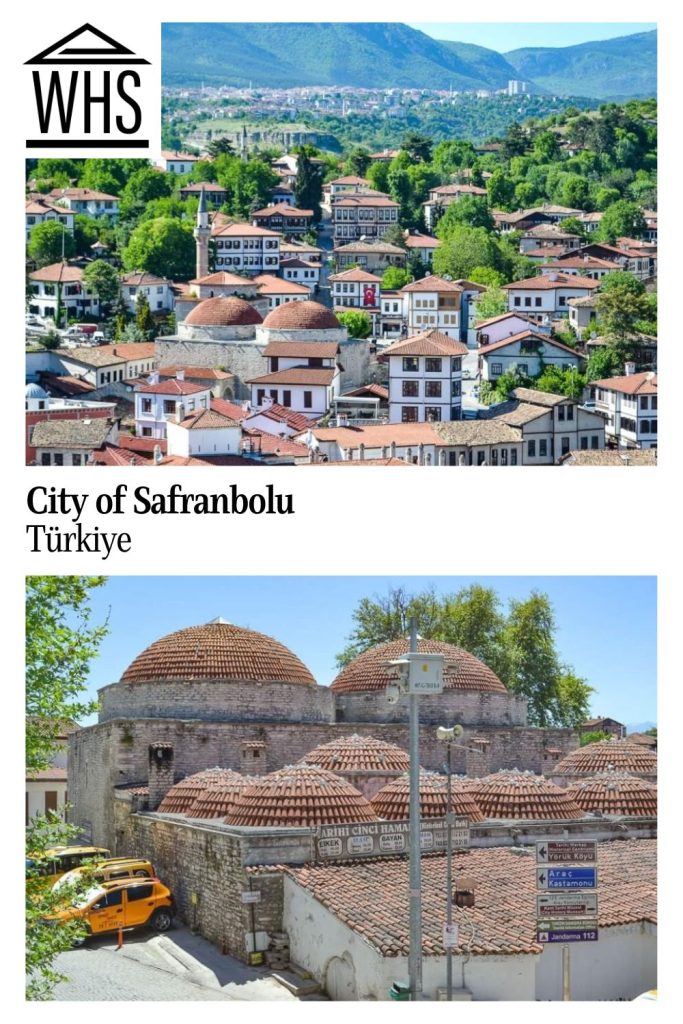
The history of Safranbolu dates to the early 13th century when it was founded as one of the earliest Ottoman towns with an urban layout. By the 17th century, Safranbolu had become one of the most important caravan stations on the Silk Road that connected the West with the Orient.
Today, Safranbolu is home to over 2,000 mansions with traditional Ottoman architecture and excellent urban planning standards.
The City of Safranbolu is open to tourists. Visitors can stay in Ottoman mansions converted into boutique hotels, visit an 18th-century mosque, enjoy a hammam bath, and shop for traditional Turkish souvenirs at the restored Ottoman market.
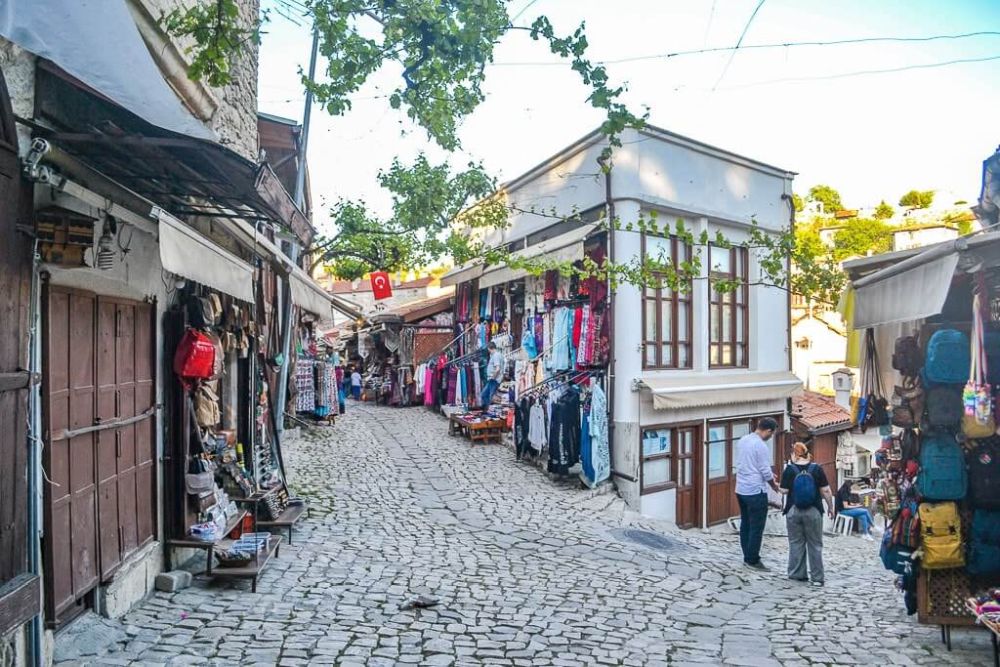
Why is the City of Safranbolu a UNESCO World Heritage site?
The City of Safranbolu was a prosperous caravan station on the Silk Road between the 13th and the 19th centuries. Important buildings such as the Old Mosque, a caravanserai, a Turkish bath, and several Ottoman mansions were built in the city during this time, which represent an outstanding example of traditional human settlement and environmental interaction.
Construction in Safranbolu was done keeping in mind the geography of the place while weaving into it the needs of the people. For example, the Çukur, or the city center, lay in the lower part of the valley, which was warmer, whereas the Bağlar, or the vineyards, lay in the upper half, more exposed to the forces of nature. UNESCO describes Safranbolu as “a typical Ottoman city that displays an interesting interaction between its topography and historic settlement”.
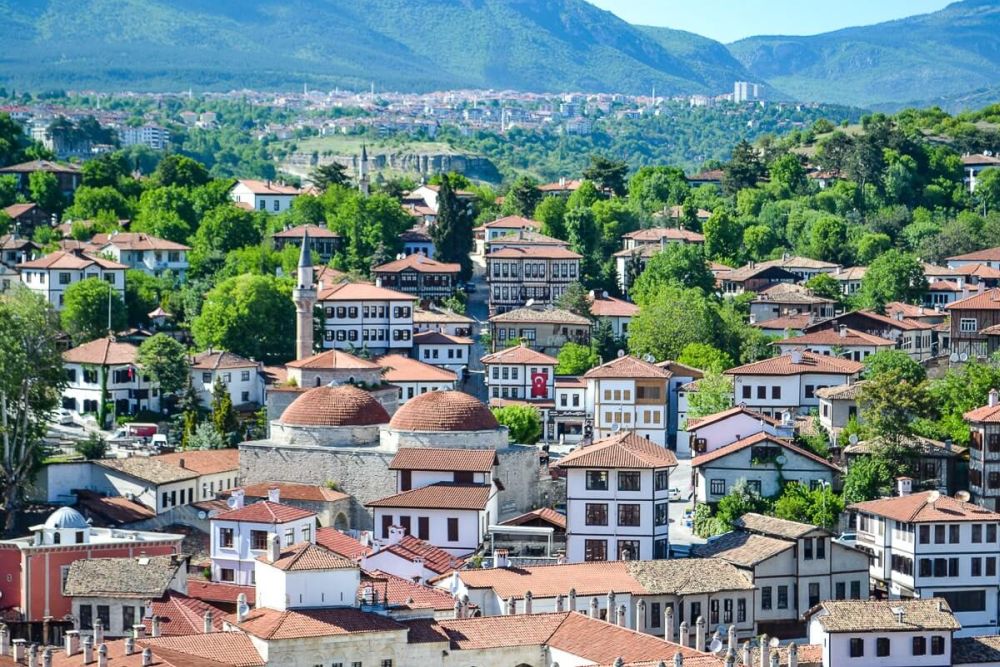
In the 17th century, Safranbolu became exemplary of traditional Ottoman architecture and inspired urban planning in many other Turkish towns. According to UNESCO: “It set a standard in public and domestic architecture that exercised a great influence on urban development over a large area of the Ottoman Empire.”
What can you expect on a visit to Safranbolu?
The best thing to do when visiting Safranbolu is to take a stroll through the narrow lanes of the town while appreciating the architecture of more than two thousand traditional Ottoman mansions that dot these streets. Complete with white stone facades and red gabled roofs, these half-timbered villas look picture-perfect. You can also stay in one of these mansions-turned-hotels and feel as if you’ve traveled back in time to the Ottoman era.
The Historic House of Kaymakamlar Evi, also known as the House of the Governor, has an interesting display of art, artifacts, and mannequins depicting Ottoman life and culture.
Every tour of Safranbolu includes a visit to the historic center that’s home to the majestic Koprulu Mehmet Pasa Mosque, a Turkish hammam dating to the Silk Road times, an ancient caravanserai (you can stay here now), and an old marketplace selling all kinds of knick-knacks.
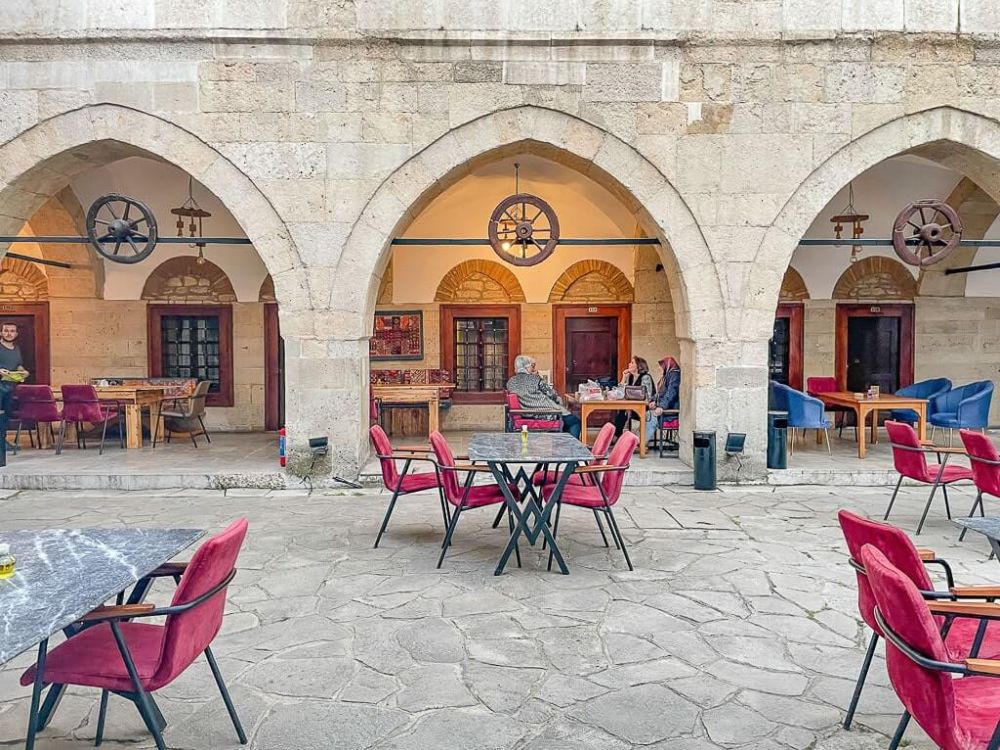
Safranbolu is also known for the production of saffron. You can buy saffron-flavored soaps, oils, and sweets as well as attend the colorful Saffron Harvest Festival in Safranbolu.
Is Safranbolu worth visiting?
Yes, the City of Safranbolu is absolutely worth visiting because it gives us a glimpse into the life, culture, and architecture of medieval towns that flourished during the Ottoman era. Visiting Safranbolu is also key to understanding the history of urban development in Turkey and how Safranbolu played an important role in the evolution of public and domestic architecture.
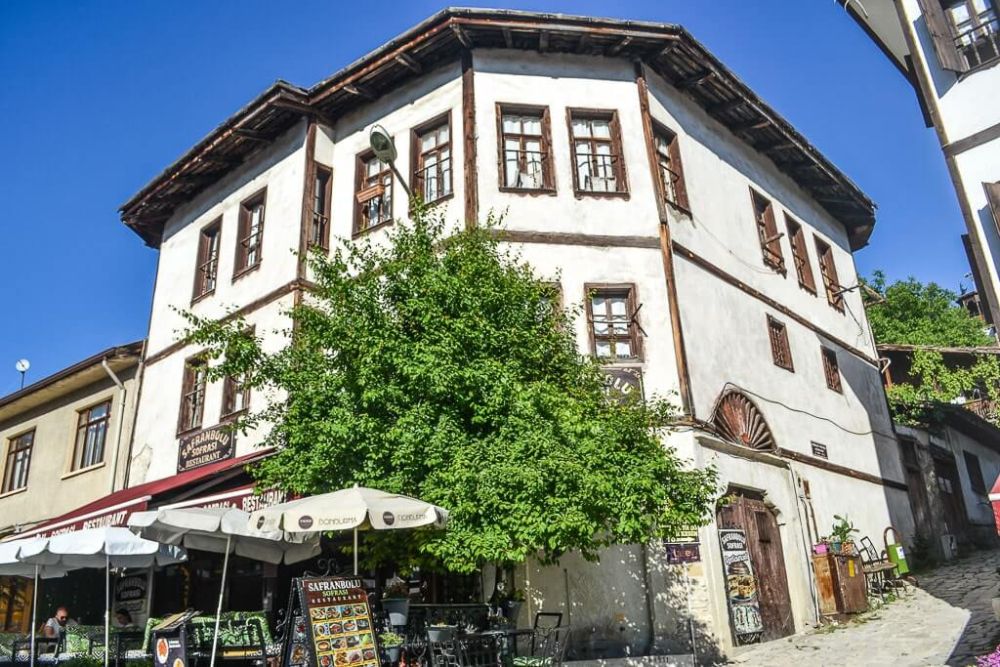
What sorts of travelers would like the City of Safranbolu?
Architecture lovers and history buffs will like Safranbolu and its cultural gems.
Tips for visiting Safranbolu
When visiting Safranbolu, stay in a mansion-turned-boutique hotel for an authentic Turkish experience. Or stay at the restored Cinci Han Caravanserai Hotel where wearied traders rested centuries ago.
Use the map below to find and compare accommodations in Safranbolu. If you want to stay in one of the old mansions, look for the word konak or konağı and then look at the photos.
Safranbolu is still a hidden gem in Turkey with the friendliest people in the world. However, not many of them understand English. So, the best way to explore Safranbolu is with a local, English-speaking tour guide who can give you an insider’s perspective into the city.
The best time to visit Safranbolu is in spring (April – early June) and fall (September – early November). Summer is also okay, but winters are cold and rainy.
Safranbolu is hilly and needs a fair bit of walking around to explore. Be sure to wear a good pair of walking shoes.
Do not miss out on a relaxing scrub at the Cinci Hammam in the historic center. This hammam has been functional since the Silk Route days.
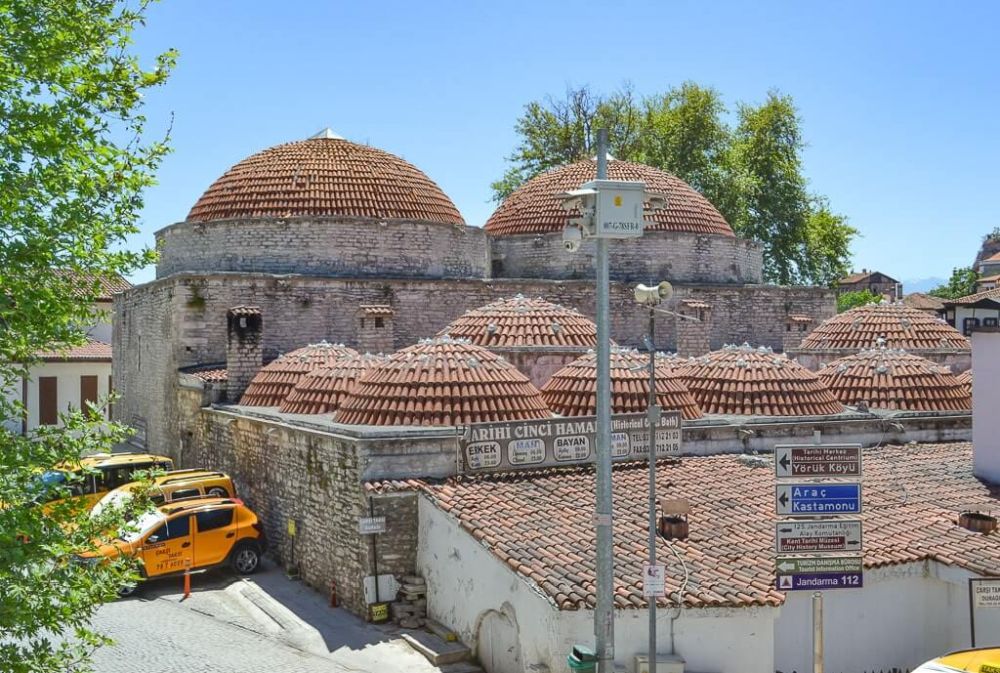
If you love adventure, check out the majestic Bulak Caves, one of the largest cave systems in Türkiye, that’s only 30 minutes from the city center. Or for some thrills, go on a canyoneering adventure.
As you plan your trip, make sure to consider some of the other UNESCO sites in Türkiye too.
Where is Safranbolu?
The City of Safranbolu is located in the Black Sea region of northwestern Türkiye, about 140 miles (230 km) north of Ankara and 250 miles (400 km) east of Istanbul.
The best way to get to Safranbolu is by bus and taxi. Take a Kamil Koc bus from Ankara to Safranbolu Bus Station and then a taxi from the bus station to Safranbolu Old Town. The journey takes around 4 hours.
For more information about Safranbolu World Heritage site and ongoing events, see the official website of the City of Safranbolu (in Turkish – use Google Translate).
Have you been to Safranbolu? If so, do you have any additional information or advice about this UNESCO World Heritage site? Please add your comments below!

